Aquaculture news and views at Seafood Expo North America
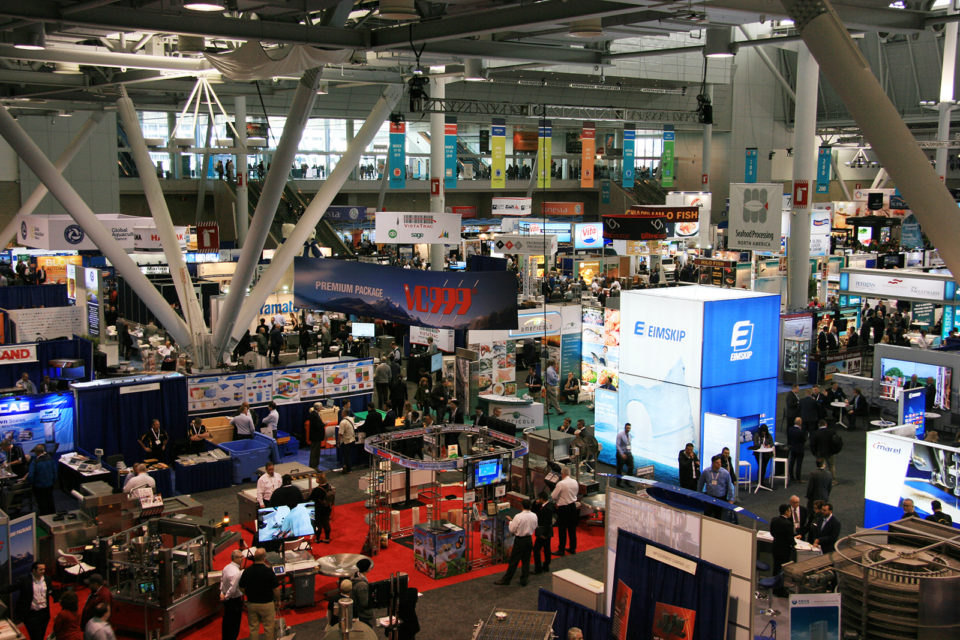
Global Aquaculture Advocate Editor James Wright is covering Seafood Expo North America in Boston, Mass., USA. Check back periodically for updates (the most recent news is at the top).
What works and what doesn’t work with offshore aquaculture?
While the United States federal government has opened its doors to offshore aquaculture development, the level of private sector interest can be described as tepid, at best.
With a burdensome permitting process, business in the United States has been “too nervous to move forward,” said Don Kent, CEO of Hubbs-Sea World Research Institute in California. Kent was joined by several other offshore aquaculture experts at a panel discussion titled, “Offshore Aquaculture in the Americas – What Works? What’s Broken? How Do We Fix It?”
Kent has seen a shift from the federal government in the past year that may signal a change. But two of the speakers have found that the way forward with offshore aquaculture has not been in U.S. waters. Omar Alfi, co-CEO of Pacifico Aquaculture, took over a company that had gained aquaculture production concessions off the coast of Ensenada, in northern Baja California, in 2013.
“We quickly realized we bit off a lot,” said Alfi. “Aquaculture is a tough business. But it’s an exciting business. We started from a place of humility, cognizant of the fact that we don’t know a lot.”
Alfi and his partners built strong partnerships with universities in order to build a “world-class aquaculture platform” that one day could encompass species beyond the striped bass that Pacifico now produces, and in other geographies. Alfi added that the first fish the company stocked in 2015 for commercial purposes are now being traded in the marketplace.
For Alfi, Mexico has presented a favorable environment for growth. The same could be said for Robert Orr, CEO of Cuna del Mar, who found that the right place to grow an offshore aquaculture business was in Panama.
Cuna del Mar’s portfolio includes an offshore aquaculture technology and equipment company, InnovaSea Systems, as well as a production company, Open Blue Cobia, which farms its fish several kilometers off the shore of Panama. Orr said that automation is key to offshore aquaculture because of the challenging conditions out at sea.
“The actual farm operation has to change,” he said, when moving well beyond protected nearshore waters. Feeding fish in submerged cages, collecting mortalities and staffing the farms themselves all require special approaches. It is an exciting field that should be able to attract top talent in the future, he added.
“It’s an unrelenting environment [that requires ] the ability to understand the forces at play in the ocean,” said Orr. “And there’s a shortage of really qualified, eager marine engineering folks, other than in the oil and gas sector.”
Because the world requires an additional 40 million metric tons of fish by 2050, according to Neil Sims, co-founder and co-CEO of Kampachi Worldwide Holdings, offshore aquaculture will play a crucial role. But for the United States to get in the game, at least at the level that Mexico and Panama are currently at, Sims said that it must lower the barriers to entry.
Permits in the Gulf of Mexico, which Kampachi Worldwide Holdings is currently pursuing, are only for 10 years, with a cap of 27,000 tons a year. Sims pointed out dozens of locations where offshore aquaculture is working across the Americas, with a number of species (including mussels, snapper and totoaba). None of them were in U.S. waters.
“Sadly, and tragically, the USA is missing the boat.”
Orr remained hopeful of the industry’s prospects. The industry needs to “attract real leaders and entrepreneurs to this space, as well as the ability to attract patient capital.”
Social license still a big barrier to domestic aquaculture production
A lack of public support for fish farms to operate in U.S. nearshore waters is holding back the aquaculture industry’s growth, and federal officials are ramping up their efforts to build the necessary social license.
Michael Rubino, director of the office of aquaculture at NOAA Fisheries, said aquaculture is the only way to increase domestic seafood production, but social license and regulatory struggles remain a barrier. Despite boasting enormous marine resources and suitable conditions for growing fish, the United States remains a “minnow in terms of production.”
“If we had the social and political will to make room for aquaculture in our backyards, we can produce a lot more. Getting there is easier said than done,” he said during a NOAA briefing titled “Marine Aquaculture: Next Steps.”
One of the largest seafood companies in North America would certainly welcome the opportunity to source products so close to home. Bill DiMento, VP of quality assurance, sustainability and government affairs for High Liner Foods, said that 40 percent of the company’s product is farmed.
“Aquaculture has a lot of negative perceptions, and I have been doing work with NGO groups to overcome some of this through better science and research,” he said. “It makes sense for use to see more domestic production. It would make life much easier. But we need to make sure it’s done with best practices.”
DiMento said he will be traveling this week to Washington, D.C. to talk to members of Congress about driving improved access to aquaculture in the United States. The effort is being organized by Stronger America Through Seafood campaign, and includes major companies like Cargill, Pacific Seafood, Pentair, Taylor Shellfish, Blue Ocean Mariculture, Red Lobster, High Liner Foods and Harvest Select, among others.
“I can’t say enough about how important aquaculture is to the future of our business, society and our world for generations to come,” said DiMento.
Rubino said NOAA Fisheries is continually trying to streamline regulations for aquaculture development by coordinating efforts between multiple state and federal agencies; by forging partnerships with NGOs and other stakeholders; and by long-term research and development and technical support that’s “necessary to grow any industry.”
Todd Madsen, CEO of Blue Ocean Mariculture, gave a quick update about producing Hawaiian kanpachi, which the company has been growing off the coast of Kona, Hawaii, for the past eight years.
“The U.S. does lead in the development of offshore technology,” he said. “We’d like to see that continue.”
The campaign will be asking Congress to:
- Support legislation that enables and facilitates aquaculture development in federal waters;
- Support actions that streamline regulatory processes and increase interagency coordination to provide efficient, affordable and predictable permitting for aquaculture operations;
- Create a comprehensive National Aquaculture Initiative designed to stimulate significant growth in the domestic aquaculture sector in marine and fresh water;
- Encourage and reward states that launch and implement local aquaculture initiatives in support of the National Aquaculture Initiative;
- Work closely with the U.S. seafood community to ensure that federal aquaculture legislation and national and state aquaculture initiatives achieve the goal of increasing U.S. production of healthful, affordable and sustainable seafood for the benefit of all Americans.
Imagine mass fish farms powered by AI and robots
Mark Blyth, Eastman Professor of Political Economy at the Watson Institute for International and Public Affairs at Brown University, delivered a humorous and engaging keynote presentation on globalization, populism and current trends in international trade.
With imports representing 91 percent of the United States seafood supply, Blyth said it would be best for seafood to avoid a “tit for tat tariff war.”
“Think about the world as computers,” he said. “America has big capital markets – you can IPO anything, including coins that don’t exist.”
The “computer” that was the global economy from 1945 to 1980 was marked by full employment, national economies, restricted financial markets, corporatism, high taxes and transfers. The bug that crashed that system was inflation.
And from 1980 to 2008, the economy took on a different look, one of price stability, globalization, open financial markets, flexible labor markets, low taxes and lower transfers. The bug in that system was leverage in the financial sector, marked by the housing crisis.
Today, with high debts and low wages, said Blyth, there’s a blame game going on.
“The leftwing response is blame capitalism, globalization. The rightwing response: blame immigrants, globalization,” he said. “It’s basically the same thing. That’s the moment we find ourselves in. Is this signal, or is it noise?”
Blythe said he’s not convinced that a global trade war is afoot, but urged attendees to not fear the future, one in which the digital disruption will continue and enable the growth of artificial intelligence (AI) and automation, which the industry can take advantage of.
“Imagine AI-augmented and robotically enhanced mass fish farms geared for export,” said Blyth. “Your supply chains and stock management are going to get a whole lot better. A fish is the most efficient protein generation mechanism in the world.”
Aquaculture well represented in SeaWeb’s Seafood Champions finalists
SeaWeb announced the finalists for the 2018 Seafood Champion Awards, given to individuals and organizations who exemplify creativity and commitment sustainable seafood. Aquaculture was well represented among this year’s 17 finalists.
Four winners, one in each of four categories – leadership, vision, advocacy and innovation – will be announced on June 19 at the SeaWeb Seafood Summit in Barcelona, Spain.
“Many of these finalists put a human face on the social issues that are increasingly part of the seafood sustainability discussion,” said Ned Daly, SeaWeb program director. “From preventing slave labor and supporting women workers to feeding the hungry and helping fishing communities leverage sustainable practices into market access, they show us that the seafood community has the courage to engage in even the most entrenched and difficult problems.”
Skretting, of Norway, is a finalist in the Innovation category. It has conducted two decades of research and development to formulating fishmeal-free aquafeed.
In the Vision category, Kampachi Worldwide Holdings and Open Blue were both named finalists. KWH sees development of offshore aquaculture as a pressing environmental imperative, and a tremendous economic opportunity. The company is pursuing environmentally-sound production of high-value marine fish in offshore sites, using innovative engineering and biology, and working closely with regulators and the conservation community.
Open Blue has moved aquaculture successfully into the open ocean, away from sensitive nearshore ecosystems. It farms cobia 12 kilometers off the coast of Panama in proprietary SeaStations fully submerged at depths of up to 100 feet.
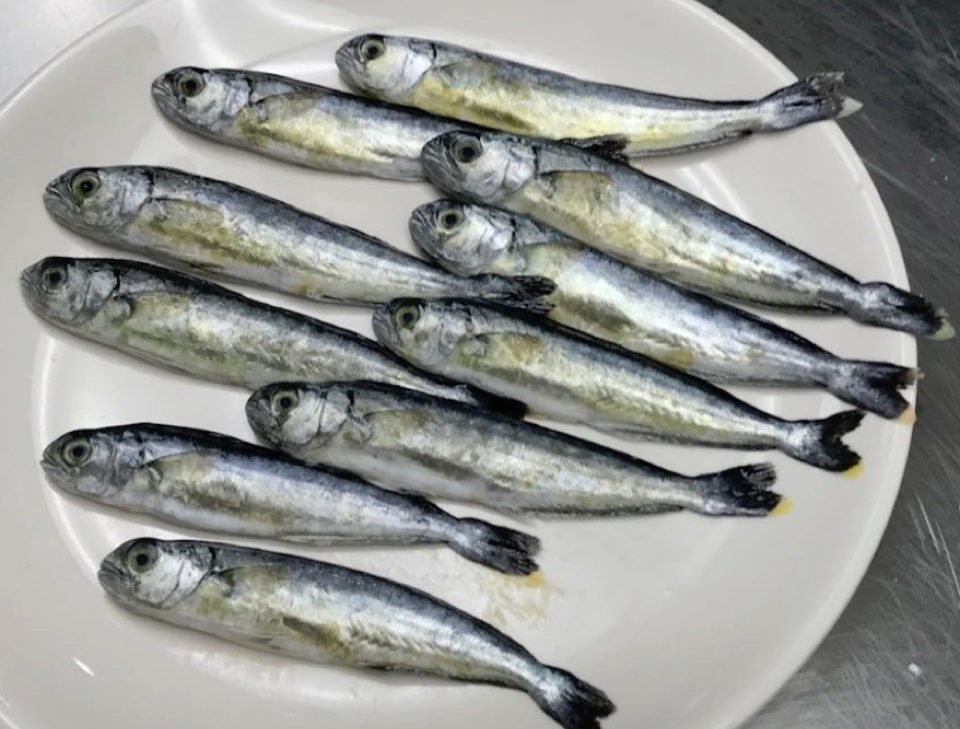
Farmed mahimahi, in a can, launched at SENA
Aqquua LLC, in partnership with the University of Miami’s Rosenstiel School of Marine and Atmospheric Science Aquaculture Program, launched a farmed mahimahi product in a can at Seafood Expo North America in Boston, Mass. USA.
The partnership has fueled progress in mahimahi farming technology at the school’s Experimental Hatchery, particularly in the critical larval and nursery stages. The species’ aggressive behavior has posed significant challenges for aquaculture producers in the past.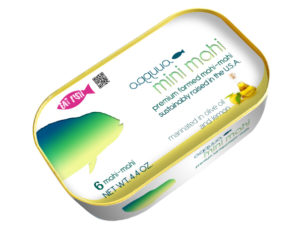
“The main obstacle to developing mahimahi into an egg-to-market size, full cycle commercial venture has always been their behavior at the juveniles and grow-out stages,” said Dr. Daniel Benetti, professor and director of aquaculture at the of Miami’s Rosenstiel School. (To view Dr. Benetti’s most recent article for the Advocate, click here.)
Aqquua, which also produces grouper in Thailand, has opted to harvest the fish before the grow-out stage because it is highly suitable for canning. Juvenile fish are harvested at just 45 days, which the company said is about 10 times faster than any commercially produced marine fish or mollusk, and half the time for a shrimp to reach market size. CEO Charlie Siebenberg said the small fish exhibit similar flavor characteristics to full-grown mahimahi.
The product is being tested with the first 4,000 juveniles recently produced offered in olive oil and sea salt in two different can sizes and jars. If you’re in Boston, stop by the Aqquua booth at stand No. 148.
Follow the Advocate on Twitter @GAA_Advocate
Now that you've reached the end of the article ...
… please consider supporting GSA’s mission to advance responsible seafood practices through education, advocacy and third-party assurances. The Advocate aims to document the evolution of responsible seafood practices and share the expansive knowledge of our vast network of contributors.
By becoming a Global Seafood Alliance member, you’re ensuring that all of the pre-competitive work we do through member benefits, resources and events can continue. Individual membership costs just $50 a year.
Not a GSA member? Join us.
Author
-
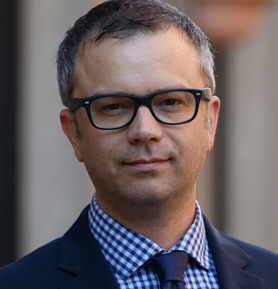
James Wright
Editorial Manager
Global Aquaculture Alliance
Portsmouth, NH, USA
[103,114,111,46,101,99,110,97,105,108,108,97,101,114,117,116,108,117,99,97,117,113,97,64,116,104,103,105,114,119,46,115,101,109,97,106]
Tagged With
Related Posts
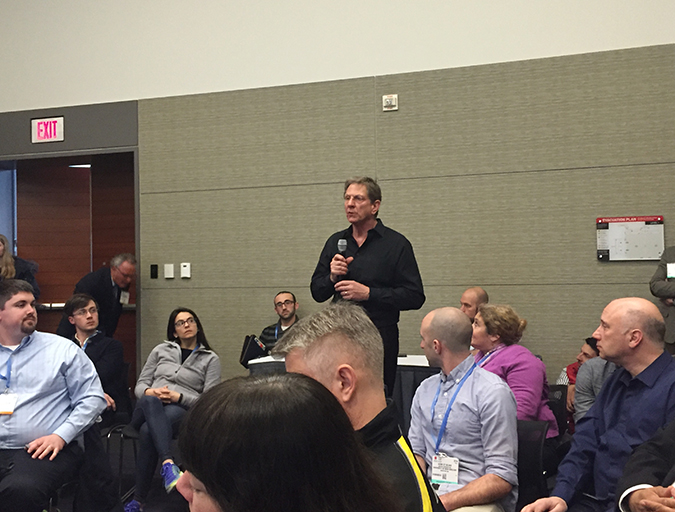
Intelligence
Boston brainstorm: Getting consumers to embrace aquaculture
In a discussion format somewhat unique to the bustling halls of Seafood Expo North America, aquaculture backers lamented the lackluster U.S. consumer acceptance for farmed fish.
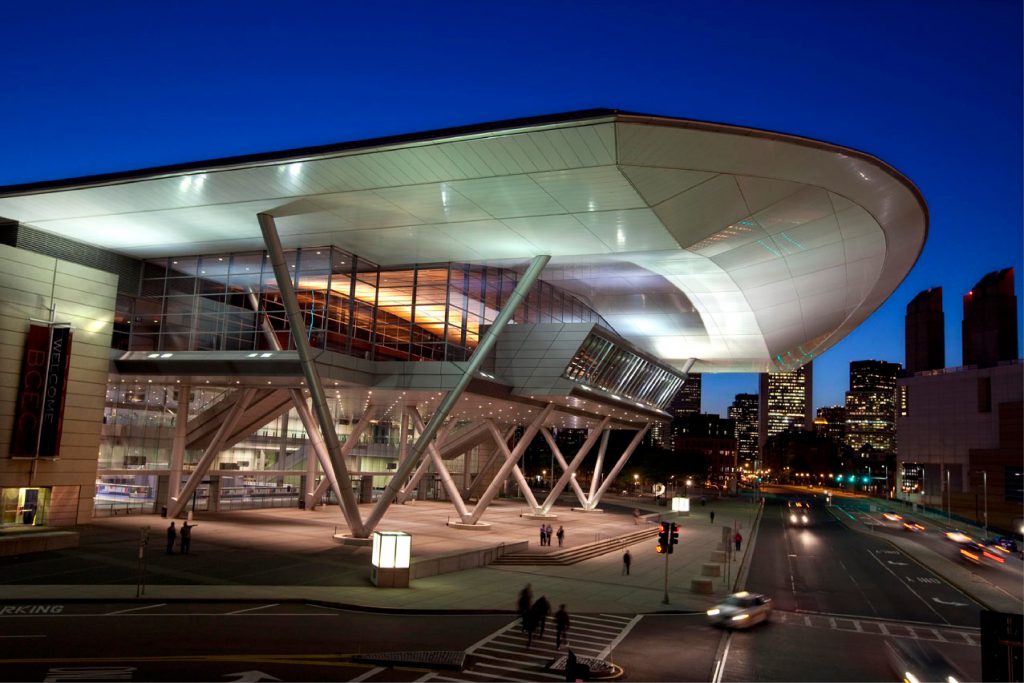
Intelligence
Bloggin’ up to Boston: Quick hits from Seafood Expo North America
News and notes from Seafood Expo North America in Boston, Mass., USA, 19-21 March, 2017. Posts by James Wright, Editorial Manager of the Global Aquaculture Alliance.
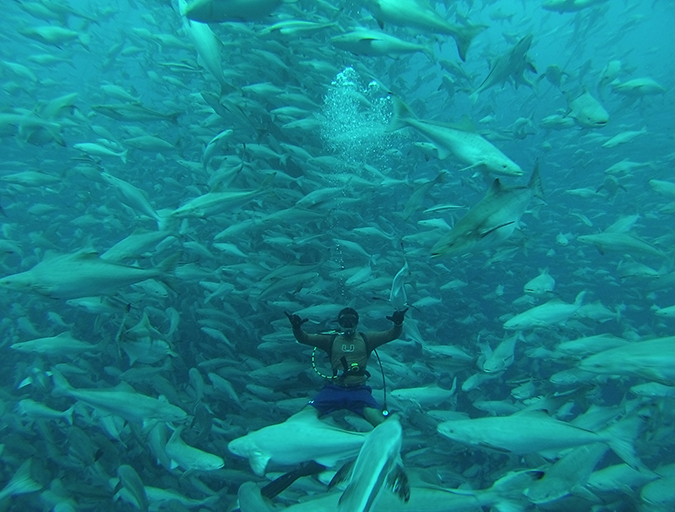
Innovation & Investment
Aquaculture Exchange: Daniel Benetti
University of Miami professor says the U.S. seafood marketplace needs to embrace 'plate-sized' fish if a domestic aquaculture industry is to become sustainable and profitable.
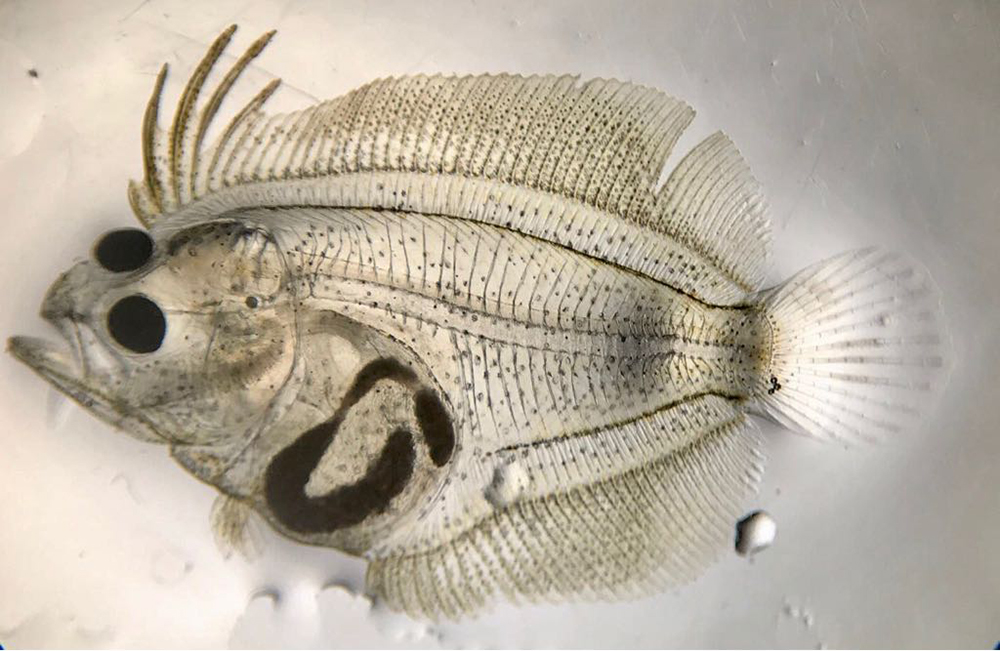
Health & Welfare
Tropical, subtropical marine fish hatchery technology needs improvement
Hatchery technology for most commercially important species of cultured marine fishes is essentially unchanged for the past several decades.


